The Ottoman Empire lasted over six centuries and greatly influenced Istanbul’s landscape and culture. Many impressive structures still stand today, showcasing a perfect blend of art, history, and tradition. Also, visitors can enjoy beautiful mosques and elegant palaces that connect them to the legacy of the Sultans and their empires.
For families, visiting these historical landmarks can be an enriching experience. Such journeys provide fantastic opportunities to bond while learning about the fascinating history of each site.
So, are you ready to know all about the iconic landmarks of the Ottoman Empire? Let’s dive into the top 11 must-visit Ottoman landmarks in Istanbul!
- Topkapi Palace
- Blue Mosque
- Dolmabahçe Palace
- Rumeli Fortress
- Hagia Sophia
- Chora Church
- Ortaköy Mosque
- The Hippodrome
- Basilica Cistern
- Grand Bazaar
- Süleymaniye Mosque
Topkapi Palace
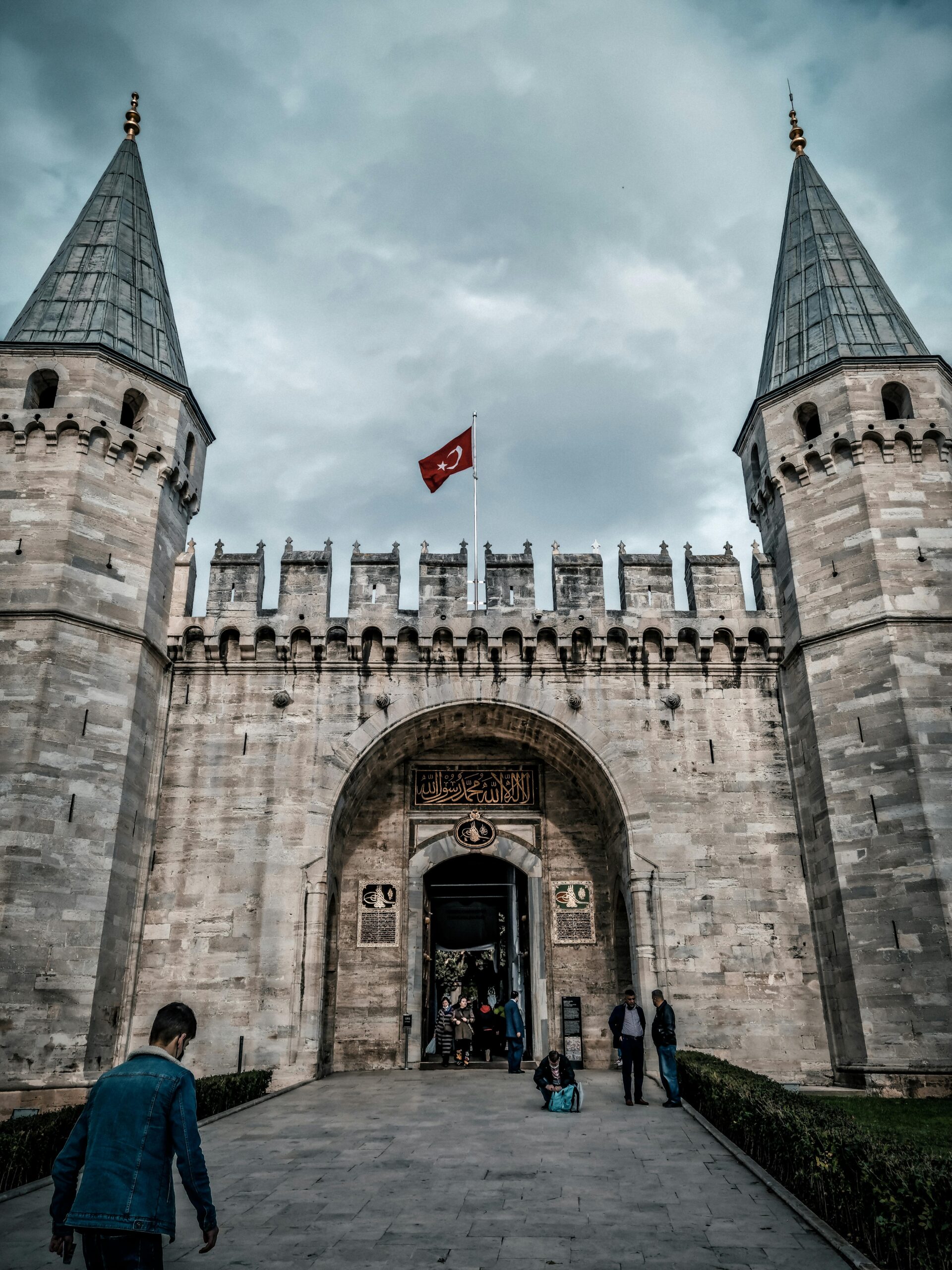
Topkapi Palace served as the residence of Ottoman sultans for centuries. In addition, families can wander through its beautiful rooms, exquisite gardens, and the impressive Harem section, where stories of royal life unfold. Engaging exhibits reveal the palace’s secrets, ensuring an educational yet enjoyable visit.
You can buy tickets online and save yourself from the hustle of buying tickets on the spot by waiting in endless lines.
Blue Mosque
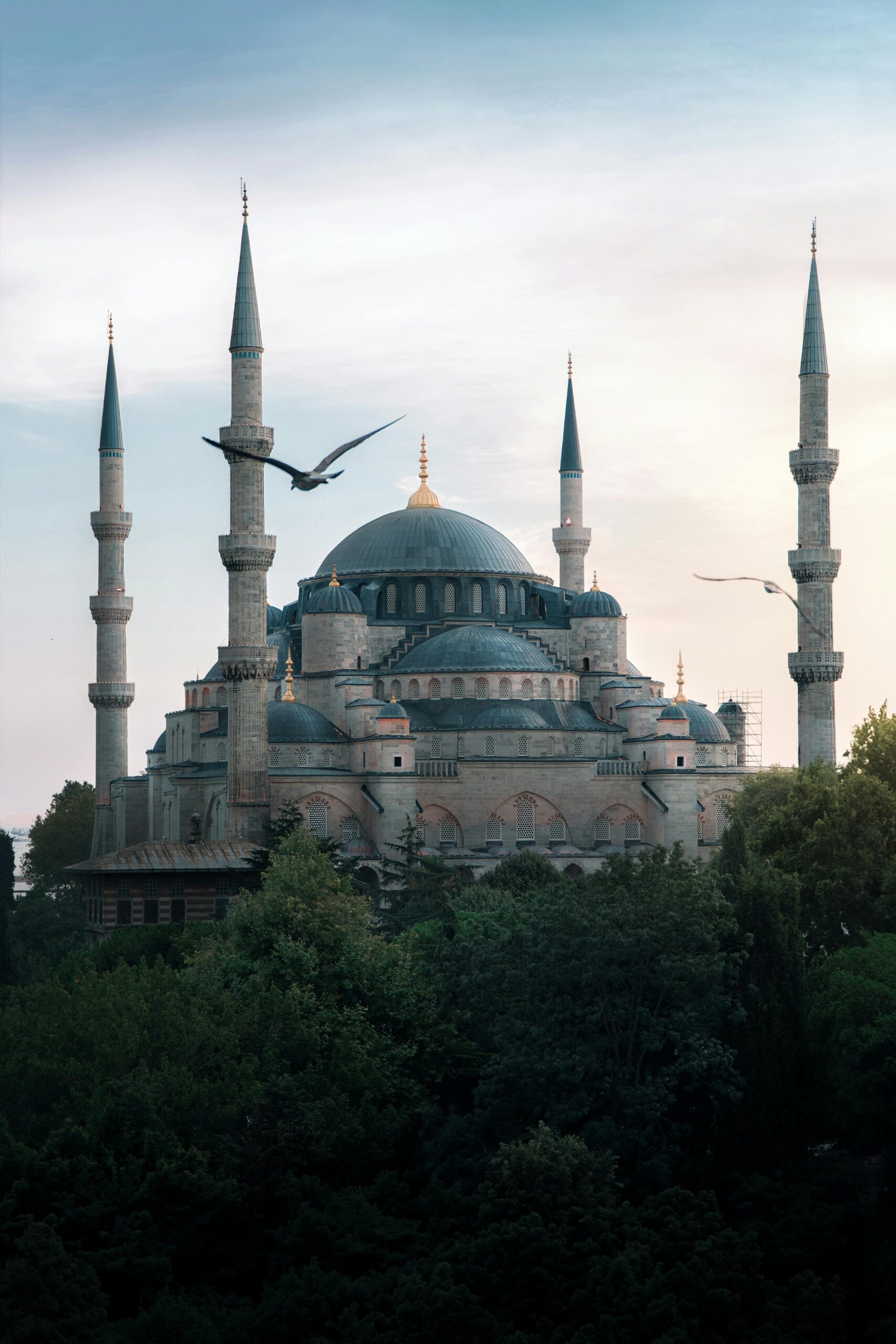

The Blue Mosque, officially known as the Sultan Ahmed Mosque, was commissioned by Sultan Ahmed I and constructed between 1609 and 1616.
The Mosque enchants visitors with its stunning blue tiles and six minarets. Families can take in the spiritual atmosphere while learning about its significance in Ottoman culture.
DRESS CODE FOR VISITING MOSQUES IN ISTANBUL
- 1)Women must dress modestly when visiting mosques in Istanbul. Required coverings include the head, shoulders, knees, and chest; toes can remain uncovered.
- 2)Visitors may bring scarves but they are available at mosque entrances.
- 3)Wraps are provided at the entrance for those wearing leggings, tights, or skirts.
- 4)Men’s shorts must cover the knees.
- 5)Tank tops are not permitted; T-shirts are acceptable.
Dolmabahçe Palace
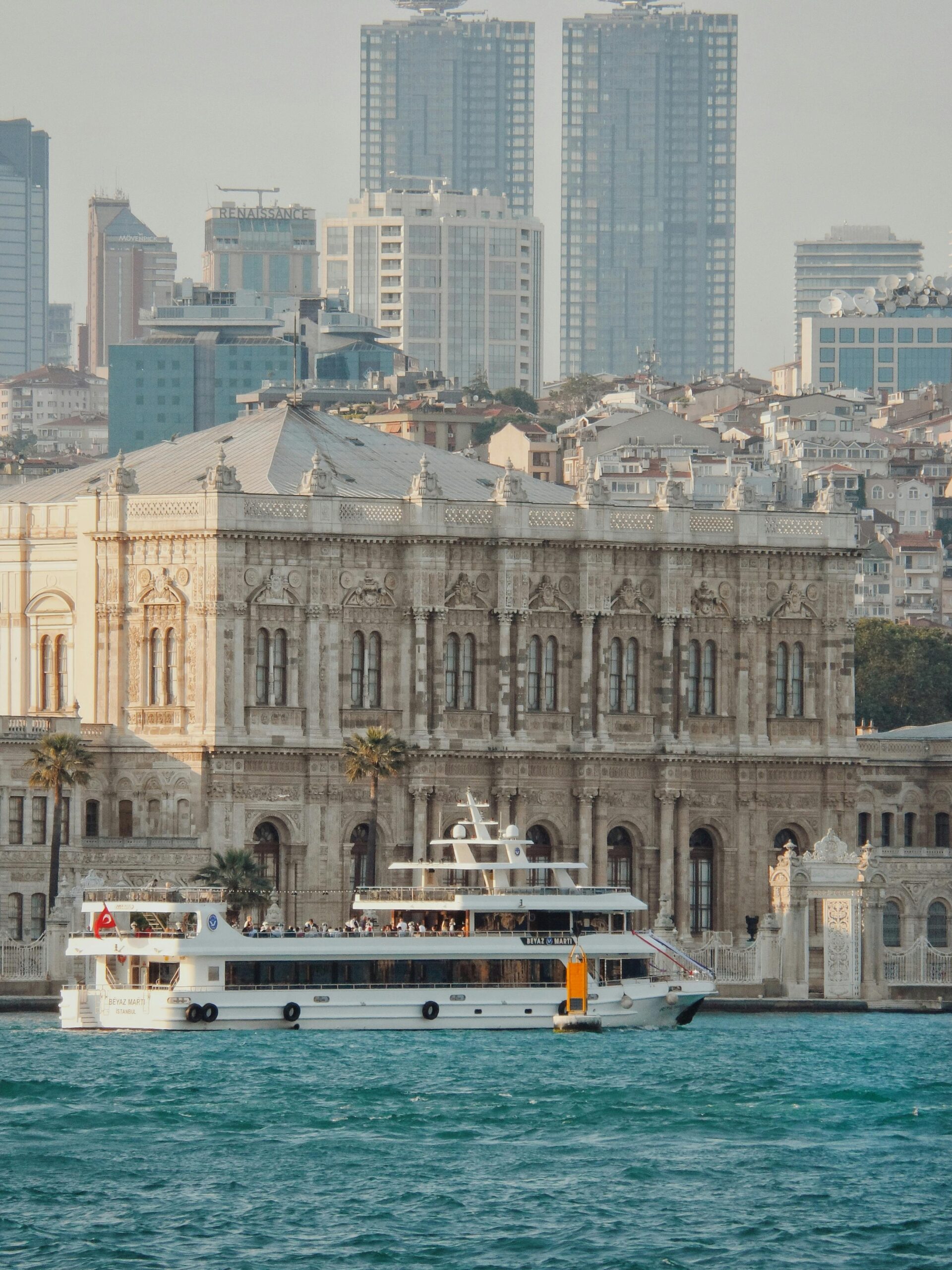

Dolmabahçe Palace showcases the modernization of the Ottoman Empire with its European-style architecture. Families can admire the lavish rooms, impressive chandeliers, and lovely gardens overlooking the Bosphorus.
Moreover, guided tours offer insights into the palace’s history, making it a great educational outing.
Rumeli Fortress
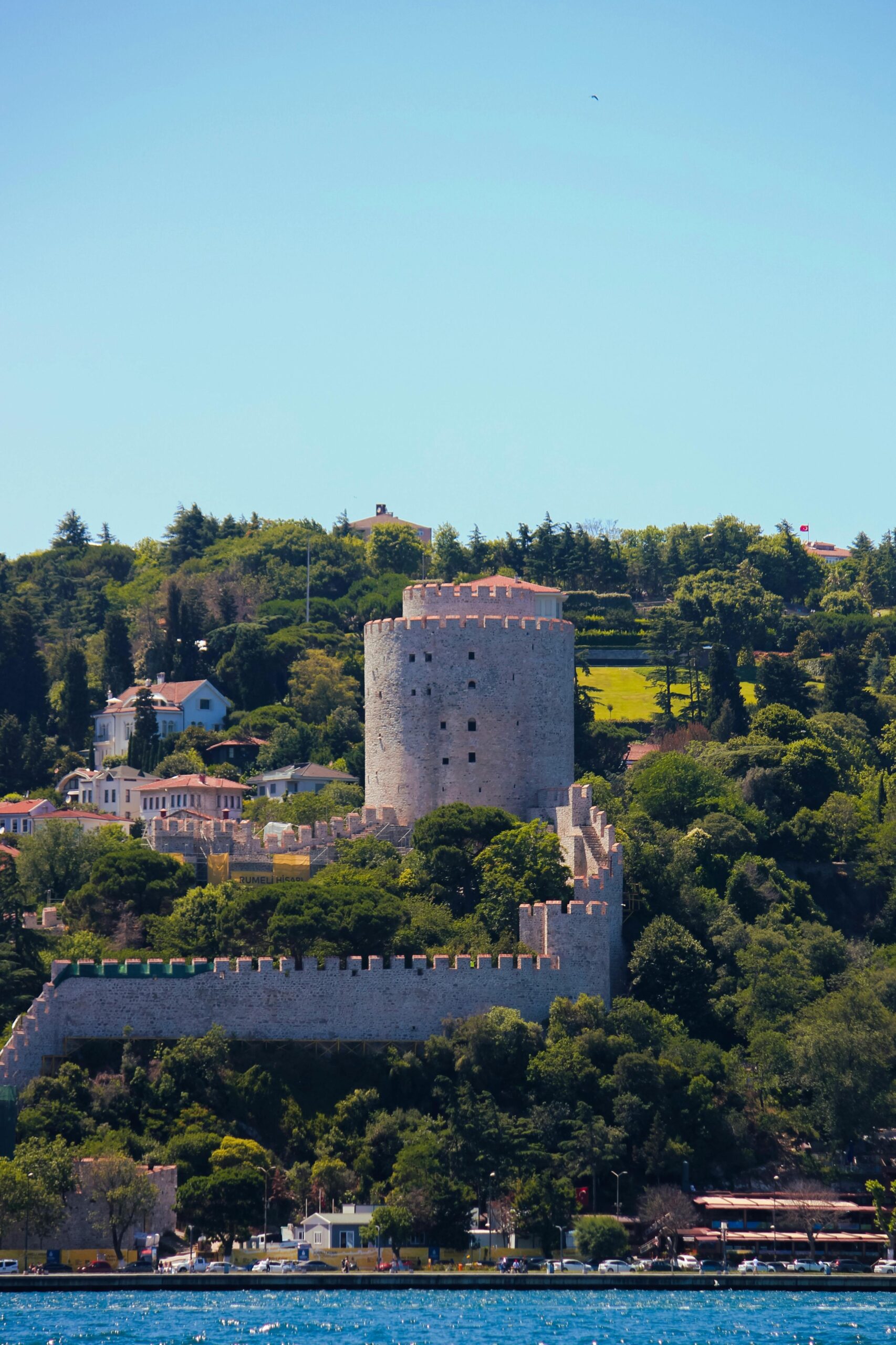

Located on the shores of the Bosphorus, Rumeli Fortress played a key role during the conquest of Constantinople by helping to stop supplies from reaching the Byzantine defenders. It was built quickly, in just a few months, showing the strength and skill of the Ottoman military.
Today, the fortress is a popular tourist attraction, where visitors can explore its ancient walls and enjoy beautiful views.
Hagia Sophia
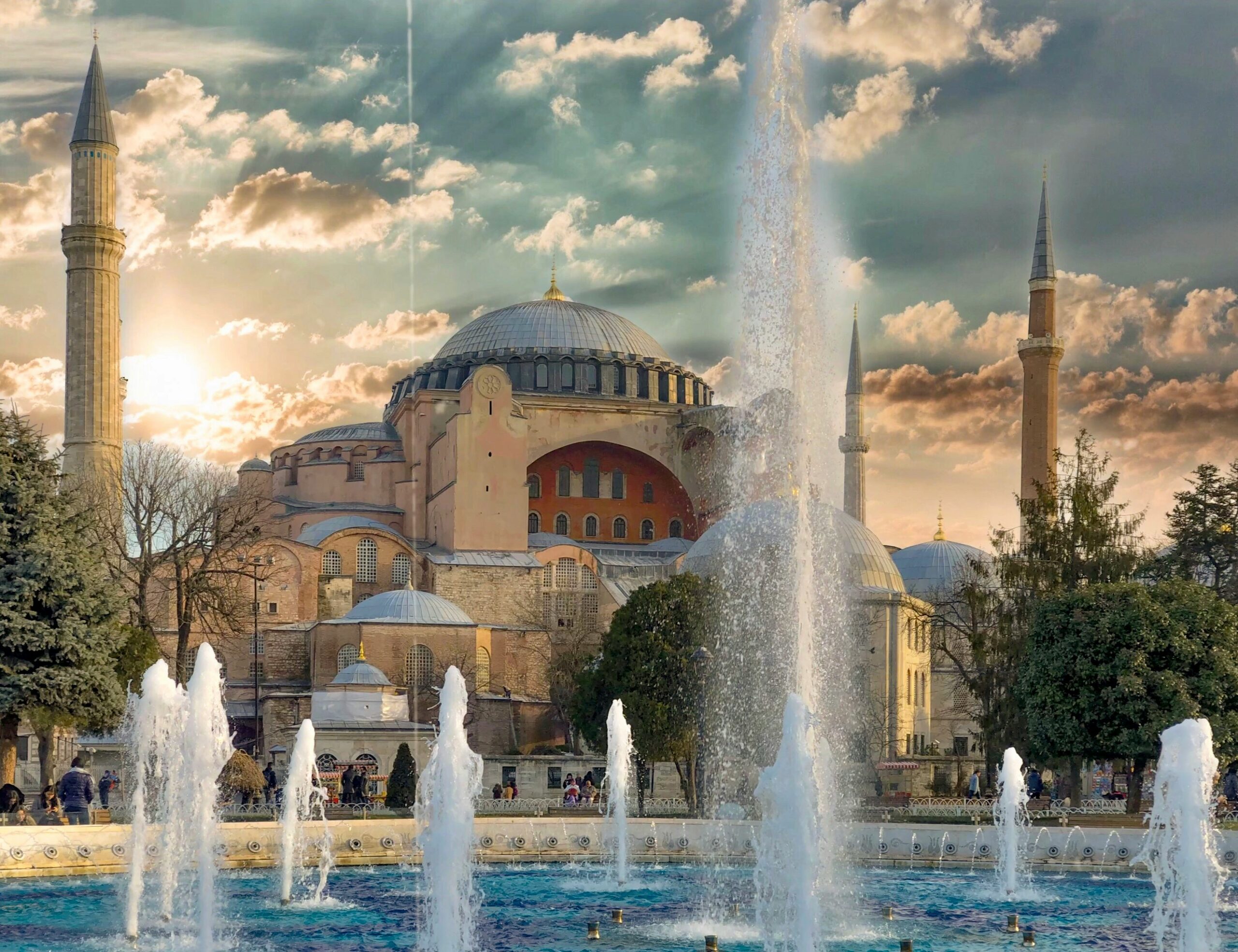

Originally built as a cathedral, Hagia Sophia became a mosque and now serves as a museum. Millions visit each year to experience its massive dome and stunning mosaics that reflect the brilliance of the Byzantine and Ottoman periods.
Families can explore the vast interiors and learn about its rich history, making it a perfect stop for a day of discovery.
DRESS CODE FOR VISITING MOSQUES IN ISTANBUL
- 1)Women must dress modestly when visiting mosques in Istanbul. Required coverings include the head, shoulders, knees, and chest; toes can remain uncovered.
- 2)Vistors may bring scarves but they are available at mosque entrances.
- 3)Wraps are provided at the entrance for those wearing leggings, tights, or skirts.
- 4)Men’s shorts must cover the knees.
- 5)Tank tops are not permitted; T-shirts are acceptable.
Chora Church
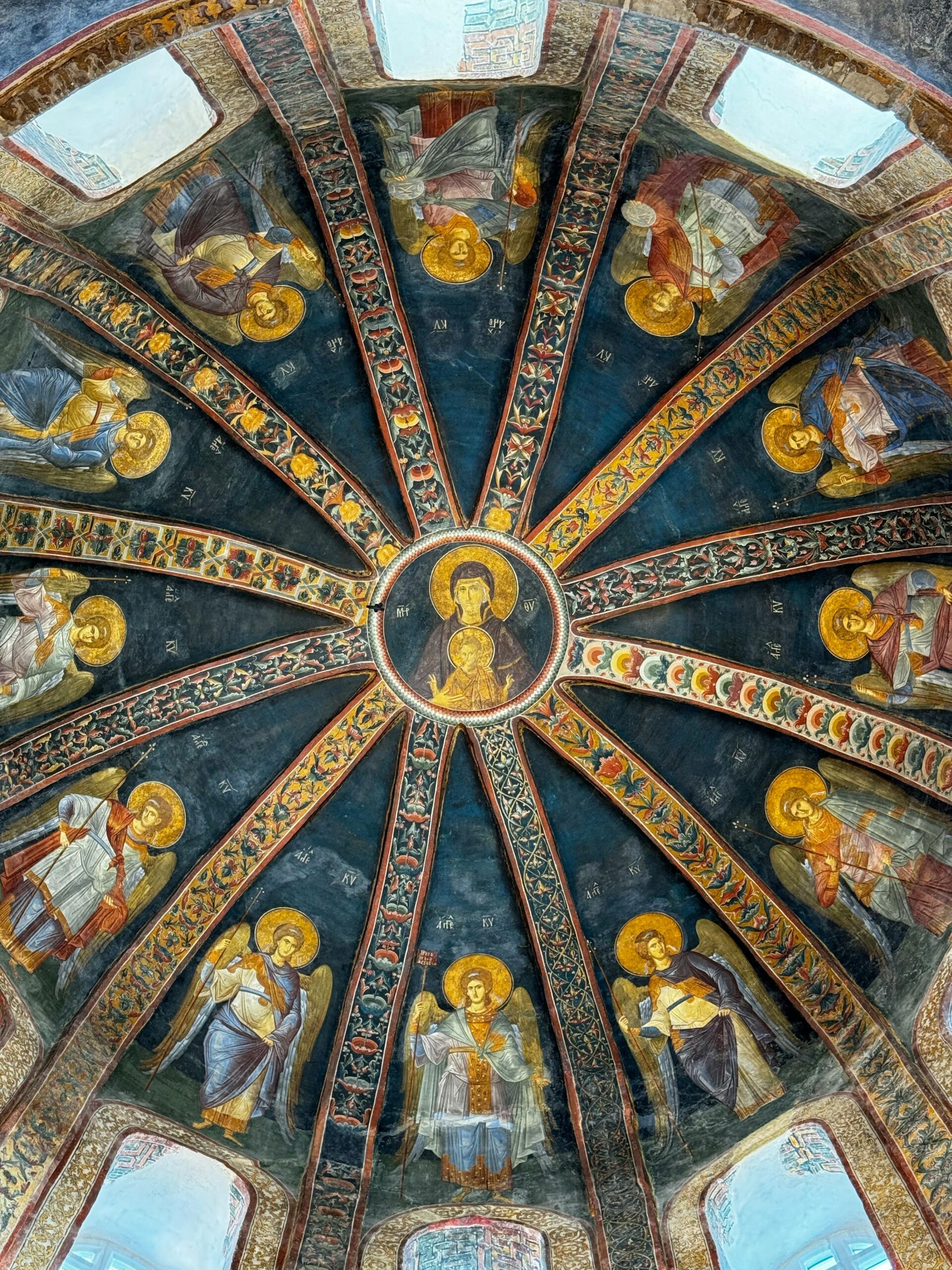

Famous for breathtaking mosaics, Chora Church is a hidden gem that families shouldn’t miss. Its stunning artwork narrates stories from the Bible and Ottoman history, providing a unique educational experience.
Ortaköy Mosque
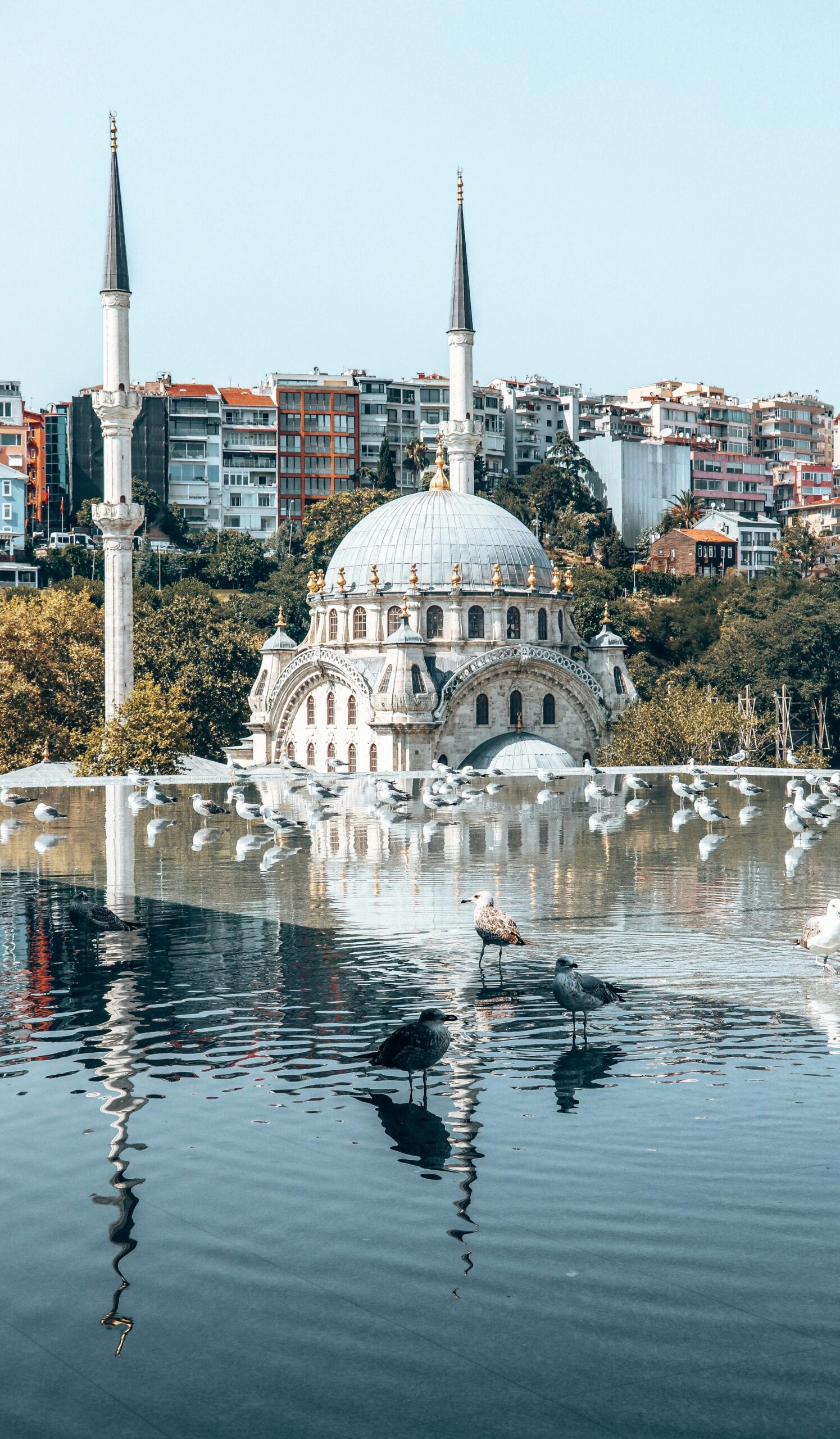

Ortaköy Mosque was completed in 1856 and showcases stunning Baroque architecture. Situated along the Bosphorus, it offers beautiful views and a picturesque setting.
Its elegant design and intricate details make it a delightful stop in Istanbul.
DRESS CODE FOR VISITING MOSQUES IN ISTANBUL
- 1)Women must dress modestly when visiting mosques in Istanbul. Required coverings include the head, shoulders, knees, and chest; toes can remain uncovered.
- 2)Visitors may bring scarves but they are available at mosque entrances.
- 3)Wraps are provided at the entrance for those wearing leggings, tights, or skirts.
- 4)Men’s shorts must cover the knees.
- 5)Tank tops are not permitted; T-shirts are acceptable.
The Hippodrome
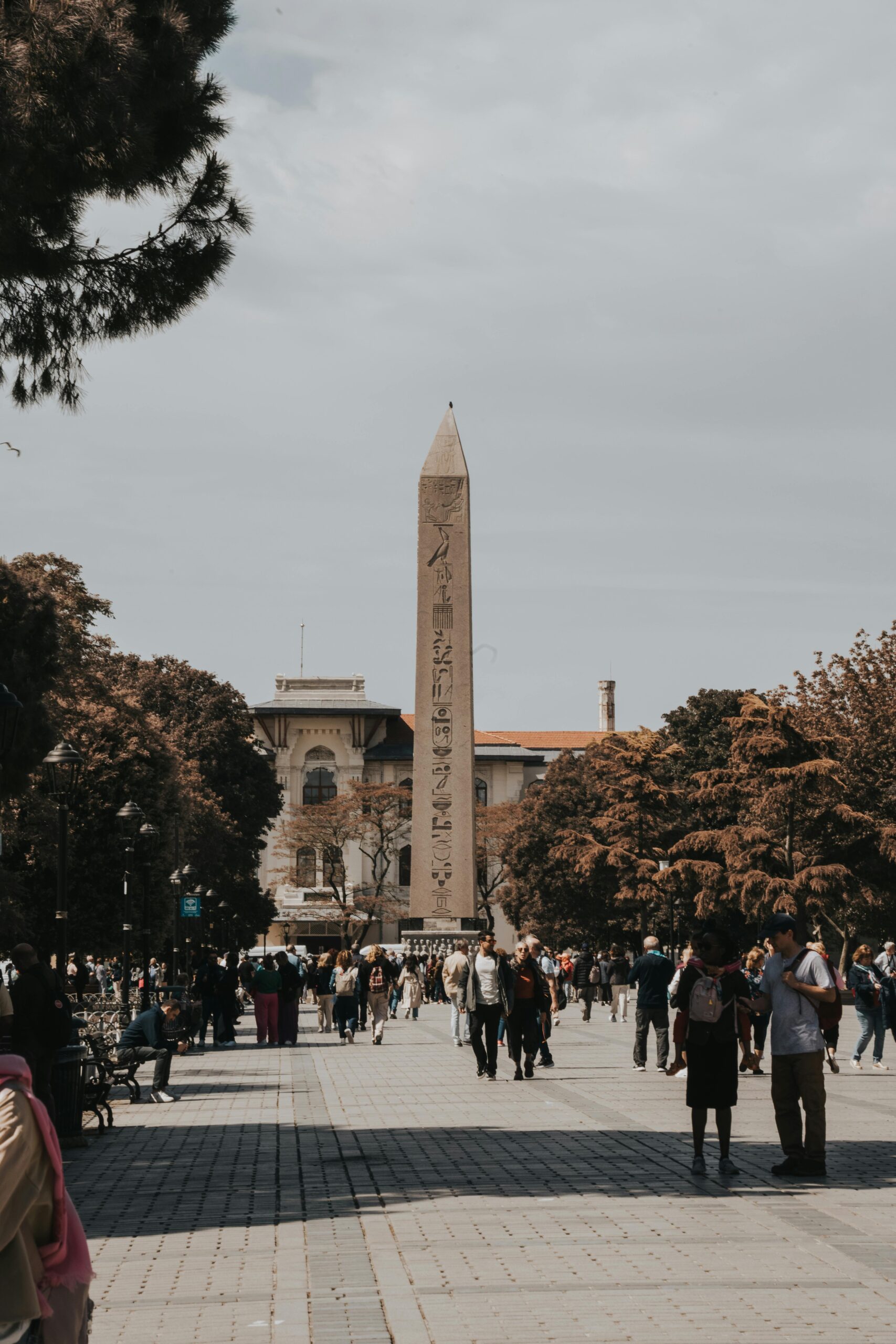

Originally built by the Romans in the 3rd century AD, the Hippodrome served as a major center for chariot racing and public events. While it predates the Ottoman Empire, it became an important site during Ottoman rule.
Visitors can see historical remnants like the Obelisk of Theodosius and the Serpent Column, making it a fascinating place to explore the rich history of both the Byzantine and Ottoman periods.
Basilica Cistern
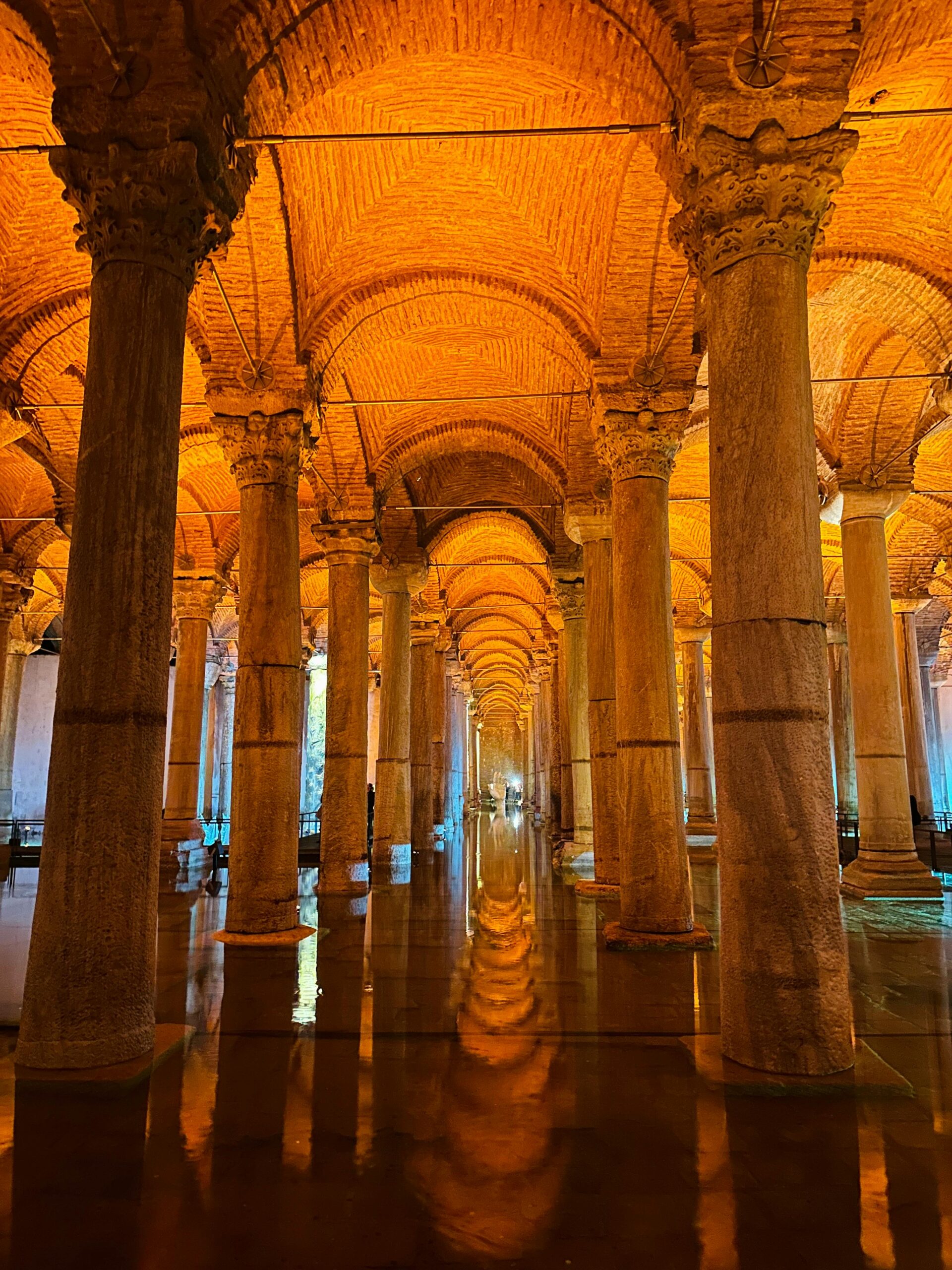

Hidden beneath the streets of Istanbul, the Basilica Cistern offers a mystical experience. Families can stroll along ancient pathways, admire the columns, and enjoy the soft lighting reflecting off the water.
Grand Bazaar
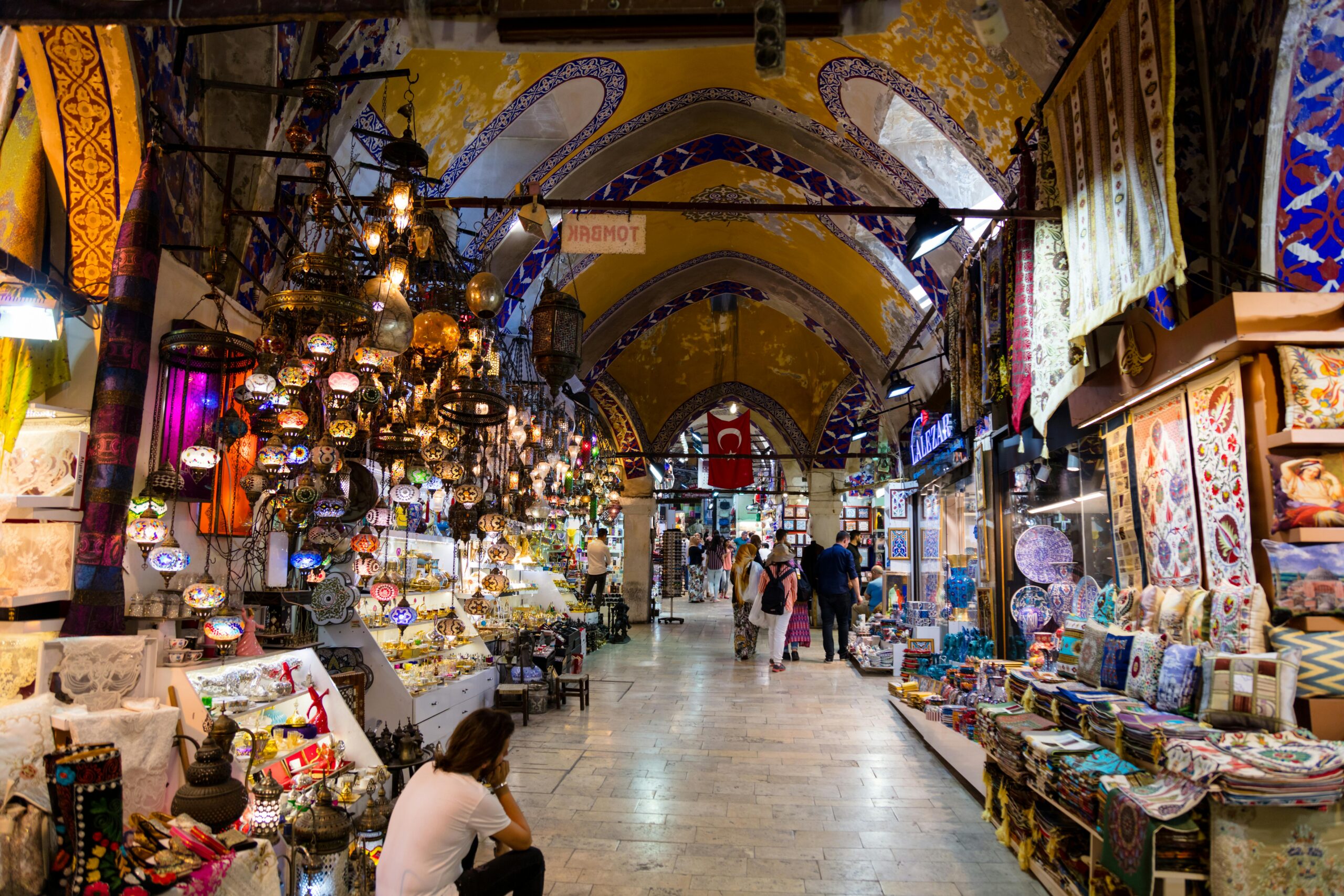

While not a traditional landmark, the Grand Bazaar is a historical treasure in its own right. Families wander the streets, discovering unique souvenirs, traditional crafts, and delicious street food. The vibrant atmosphere and rich history of this marketplace create an unforgettable experience.
Süleymaniye Mosque
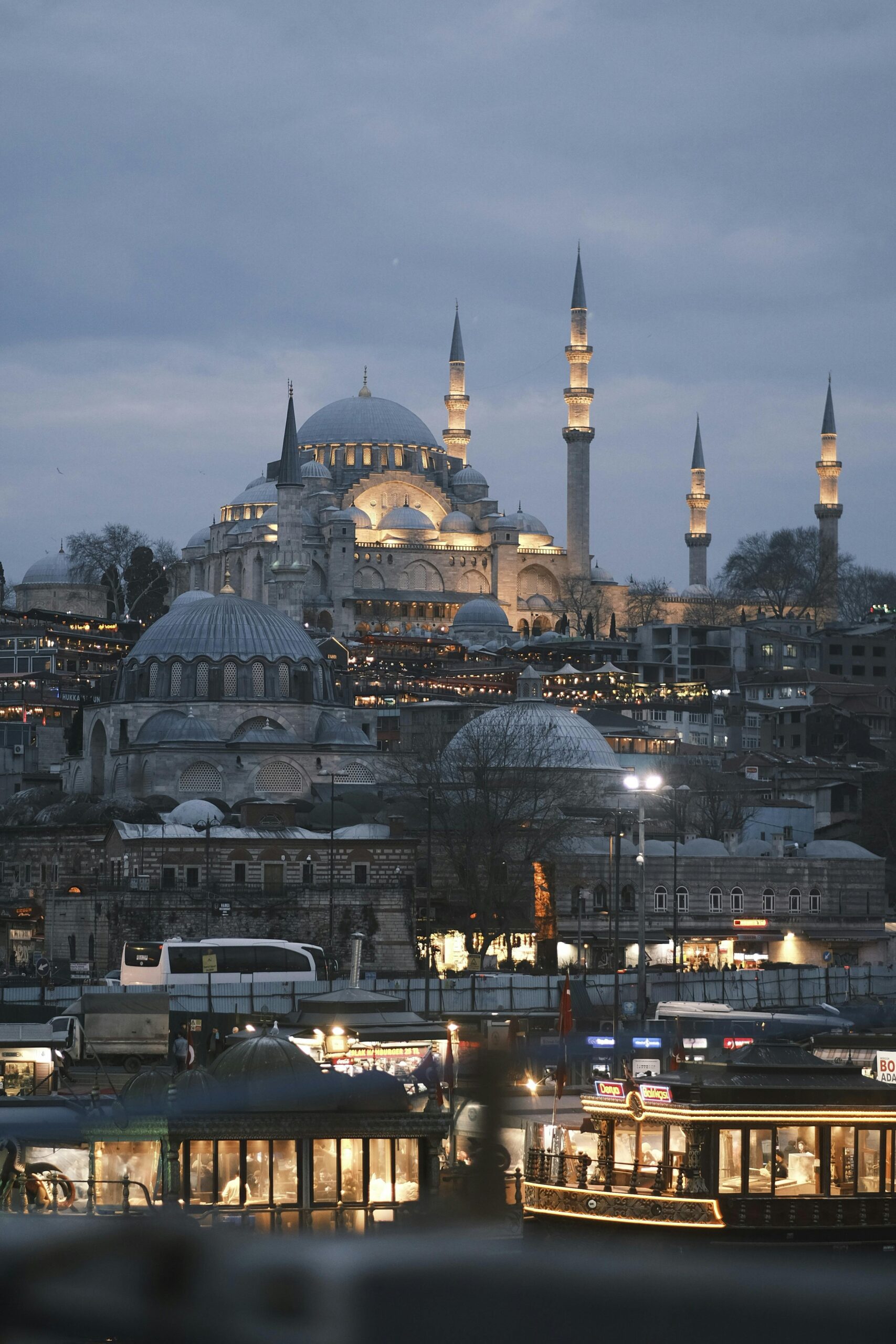

The Süleymaniye Mosque stands as a testament to the architectural genius of Mimar Sinan. He aimed to create a structure that would rival the grandeur of the Hagia Sophia, incorporating elements of Byzantine design while maintaining an Islamic aesthetic.
You can admire its stunning dome and intricate designs while learning about its importance in Istanbul’s skyline.
DRESS CODE FOR VISITING MOSQUES IN ISTANBUL
- 1)Women must dress modestly when visiting mosques in Istanbul. Required coverings include the head, shoulders, knees, and chest; toes can remain uncovered.
- 2)Visitors may bring scarves but they are available at mosque entrances.
- 3)Wraps are provided at the entrance for those wearing leggings, tights, or skirts.
- 4)Men’s shorts must cover the knees.
- 5)Tank tops are not permitted; T-shirts are acceptable.
We hope you liked the article!
If you have any questions please write them in the comment section below and our experts will try their best to answer.